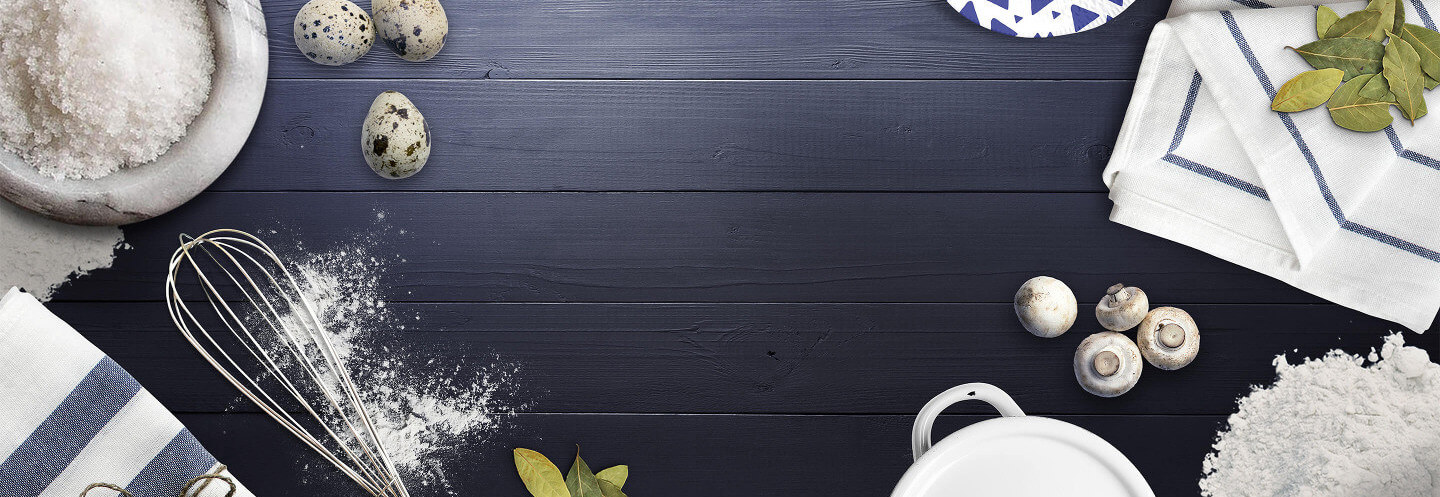https://www.copymethat.com/r/VsopOks3D/chocolate-chip-cookie-info/
63119124
JhdU5iO
VsopOks3D
2024-11-13 03:40:32
Chocolate Chip Cookie Info
loading...
Ingredients
Steps
Notes
- The basics
- The ingredients are simple: butter, white and brown sugar, vanilla, eggs, flour, baking soda, salt and, of course, chocolate chips. But one great thing about the chocolate chip cookie is that some simple ingredient additions can tailor it to your specific liking.
- “If you want chewier cookies, try adding in an extra egg yolk,” Arias says, noting that the fat in the yolk acts as a tenderizer, which lends softness without the addition of extra butter.
- For thicker cookies, it’s all about chilling things out. “Try freezing the balls of cookie dough while the oven heats before baking,” she says.
- And if softer cookies are your jam, Arias suggests adding in 1 to 2 teaspoons of cornstarch along with the other dry ingredients. She’s also been known to add cream cheese, which, she says, keeps the cookies soft, without being cakey.
- Ingredient additions
- Another way to easily upgrade your basic chocolate chip cookie recipe is to switch out the add-ins, according to Arias.
- “So if the recipe calls for 2 cups of chocolate chips, you can swap in the same amount of any mix-in that’s relatively similar in size and shape,” she says. “Other baking chips like white chocolate, butterscotch or peanut butter chips are perfect. Chopped nuts or candy like M&M’s work too!”
- Want to mix chips, candies and nuts? Go crazy!
- And once you’ve added in those yummy extras, try chilling your cookie dough for 24 to 72 hours before baking, Arias advises. “Think of it like ‘marinating’ your dough,” she says. “The resulting cookies will be even tastier with a pronounced butterscotch flavor as well as thicker and chewier. It’s worth the wait!”
- Common cookie mistakes
- Of course, despite following the recipe, most home cooks have at some point faced the shameful disappointment of pulling their sheets of cookies from the oven, only to find them flat, burned or unevenly baked.
- “One of the biggest mistakes I see is that people use butter that’s too warm when baking cookies,” Arias says. “This usually causes the cookies to spread and flatten out too much. It should be at a cool room temperature, about 67°F. It’s perfect when it gives slightly when pressed with your finger but still holds its shape and isn’t greasy.”
- Oven temperatures that you set on your stove can be off - sometimes by as much as 20 degrees. Make sure you have your temperature set correctly.
- Arias points to inaccurate measuring of ingredients as another reason for cookie fails. So she suggests using a a digital scale to measure your flour, which can be easy to over-measure, since it can get compacted down in your measuring cup.
- And to keep those cookies from sticking, stock up on parchment paper. “I much prefer parchment to silicone baking mats for ensuring cookies don’t stick to the pan,” Arias says. “Not only is it one less thing to clean, but those mats can actually lead to too much spreading and browning in cookies.” She recommends precut sheets rather than the rolls of parchment you’ll find on supermarket shelves, which can be difficult to flatten and cut evenly.



